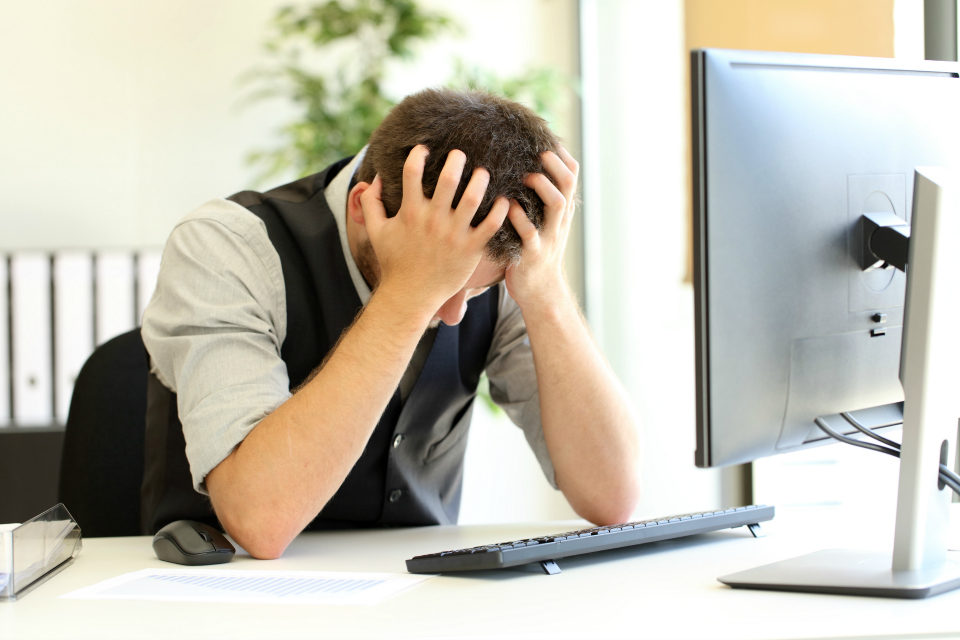Usually, a diagnosis begins with a discussion with your family physician. He or she will ask questions and listen for signs or symptoms relating to anxiety and depression. For severe depression or anxiety, your physician may further refer you to a mental health specialist to help with treatment and a more specific diagnosis.
How to Treat Anxiety and Depression
In the last few decades, the general public and healthcare professionals alike have shined a light on mental health care and treatment. With mental health disorders continuing to rise within the general population, various treatment options have been made available. These include the following.
1. Medications
The type of medication frequently depends on the type of anxiety or depression disorder. For anxiety, anti-depressants, anti-anxiety medications, and in special circumstances, sedatives may be prescribed. For depression, antipsychotics, anti-depressants, and anti-anxiety medication may also be prescribed. Often, it takes time to find the right medication for the individual. This frequently means a lot of trial and error and first, where you may go on one type of medication only to be switched to a different type. Ultimately, it’s all about finding what works for the individual.
2. Psychotherapy
Psychotherapy involves talking to a therapist and learning techniques or coping mechanisms to manage negative feelings and worrying or fearful thoughts. CBT, Cognitive Behavioural Therapy, is often used to treat depression and anxiety. This type of therapy teaches you about how your thoughts, feelings, and behaviors impact one another, and how you can control them.
3. Light Therapy
Light therapy is frequently used for Seasonal Affective Disorder (SAD), which is a type of depression that happens due to seasonal changes. By exposing yourself to light on a regular basis, you can help regulate your mood and improve depression symptoms.
4. Exercise
Regular physical activity stimulates and releases endorphins. These can help improve your mood and improve symptoms associated with depression and anxiety. Generally, experts recommend at least 30 minutes of movement a day or 150 minutes of movement each week. This can also help improve your overall physical health, which is linked to improved mental well-being.
In particular, yoga is an excellent exercise activity that can help reduce anxiety, stress, and depression. Even just two classes a week can have these benefits. Why does yoga help so much? In a way, yoga offers a method to control your breathing and meditate as you move. In turn, you activate your relaxation system and halt the stress response, which may contribute to feelings of anxiety and depression.
5. Avoiding Drugs or Alcohol
Drugs and alcohol can make your anxiety or depression symptoms worse. This is why it’s recommended, alongside treatment, to avoid these entities. If you are unable to avoid or limit the use of drugs and alcohol on your own, consider joining a support group or discussing your options with your therapist.
6. Social Support
Social support may refer to group therapy settings or support from friends and family. Social isolation is a major determinant of depression and anxiety. Thus, having social support is critical to your recovery and to help manage the symptoms associated with these conditions.
7. Stress Management Techniques
It’s critical for those with depression or anxiety to discover or learn about stress management and relaxation techniques. Your therapist may be able to help you uncover what techniques work best for you. Common types include deep breathing and progressive relaxation. Deep breathing involves slow and controlled breaths which can help calm the stress response. Progressive relaxation is a regular practice involving the tensing up of each individual muscle group followed by intentional relaxation. Further, meditation has been found to help numerous individuals cope and manage their depression and anxiety disorders.
8. Alternative Therapies
Acupuncture, meditation, massage, and certain herbal supplements are thought to help with depression and anxiety symptoms. However, it’s always important to discuss your options with your healthcare provider before beginning to take any supplements. Certain supplements may interact with other medications. In terms of massage helping improve anxiety and depression, we’ll discuss and examine this in more detail in the section below.
Can Massage Help with Anxiety and Depression?
Massage therapy involves the manipulation of soft tissues to promote relaxation, improve function, and decrease pain. It has been used for thousands of years to improve the state of the mind, body, and soul.
Today, massage is frequently used to promote feelings of relaxation and to decrease stress or anxiety, as well as treat chronic pain or injuries. In fact, there is a variety of evidence and research studies supporting the use of massage in improving depression and anxiety symptoms. This is widely attributed to massage therapy and its ability to decrease levels of cortisol throughout the body and increase the activity of the parasympathetic nervous system. The parasympathetic nervous system is your rest and digest system. It is the opposite of your fight-or-flight system, which is activated during the stress response. By calming your fight-or-flight system and activating the parasympathetic nervous system, you are able to fully relax and put aside your worries, thoughts, and fears.
7. However, it was not found to be superior to other interventions, which indicates that therapy or other treatments should be used alongside massage therapy when being used to treat anxiety. Another 2010 study also demonstrated how massage therapy can help alleviate depression symptoms
8. Interestingly, another study also showed how pregnancy massage helped decrease the development of depression in pregnant women. In addition, these women were also less likely to have babies born prematurely or at a low birth weight 9. Again, it is highly recommended for massage therapy to be used alongside other interventions when treating depression.
Interestingly, experts claim that these symptom-reducing effects associated with massage actually last long after your massage session has ended. Further, massage can help improve your sleep which can have a significant impact on your physical and mental health.
During your massage appointment, try not to think too hard about not worrying. Instead, it’s recommended to try out visualization techniques during your massage to help harness the positive effects. Imagine yourself relaxing. This way it is more likely that you will ease into your massage and begin to reap the benefits without even realizing it. Practicing progressive relaxation techniques before your massage can also help with this process since you actively practice relaxing your muscles and body.
Are you interested in using massage therapy as part of your treatment plan? Call us for more information or book your appointment today. At each appointment, we encourage communication throughout your session. If something doesn’t feel right, just let your massage therapist know and they will adjust accordingly. You may achieve immediate relief and relaxation following your massage session, or it may take a couple of sessions for you to truly notice the benefits. Overall, it depends on the severity of your anxiety and depression, and what other treatment you are partaking in. Ideally, massage therapy complements traditional therapy and treatment. Discover the benefits of massage today, and begin feeling better once again.





